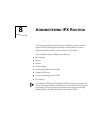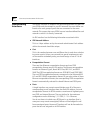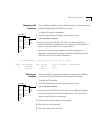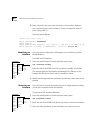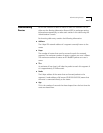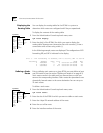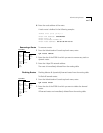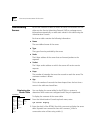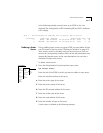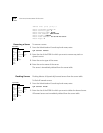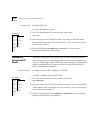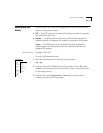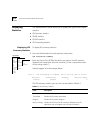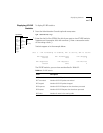
Administering Servers 8-9
In the following example, servers known to an EFSM in slot 3 are
displayed. The configuration of IPX forwarding, RIP, and SAP is indicated
in the display.
Defining a Static
Server
Prior to defining static servers on a given EFSM, you must define at least
one IPX interface (see the section “Defining an Interface” on page 8-3).
Static servers remain in the table until you remove them, or until you
remove the corresponding interface. Static servers take precedence over
dynamically-learned servers to the same destination. You can have a
maximum of eight static servers.
To define a static server:
1 From the Administration Console top-level menu, enter:
ipx server static
2 Enter the slot of the EFSM for which you want to define a static server.
3 Enter the interface number of the server.
4 Enter the service type of the server.
5 Enter the service name of the server.
6 Enter the IPX network address of the server.
7 Enter the socket value of the server.
8 Enter the node address of the server.
9 Enter the number of hops to the server.
A static server is defined in the following example:
Slot 3 - IPX forwarding is enabled, RIP is active, SAP is active
Interface Name Type Network Node Socket Hops Age
2 GB201 39b 8c141bfe 08-00-02-04-80-b6 8059 4 73
2 GB3COM2 39b af0bc60f 00-00-00-00-00-01 85fa 4 85
Top-Level Menu
system
ethernet
fddi
tokenring
bridge
ip
➧ipx
appletalk
snmp
analyzer
script
logout
interface
route
➧server
forwarding
rip
enhanced
sap
statistics
display
➧static
remove
flush



